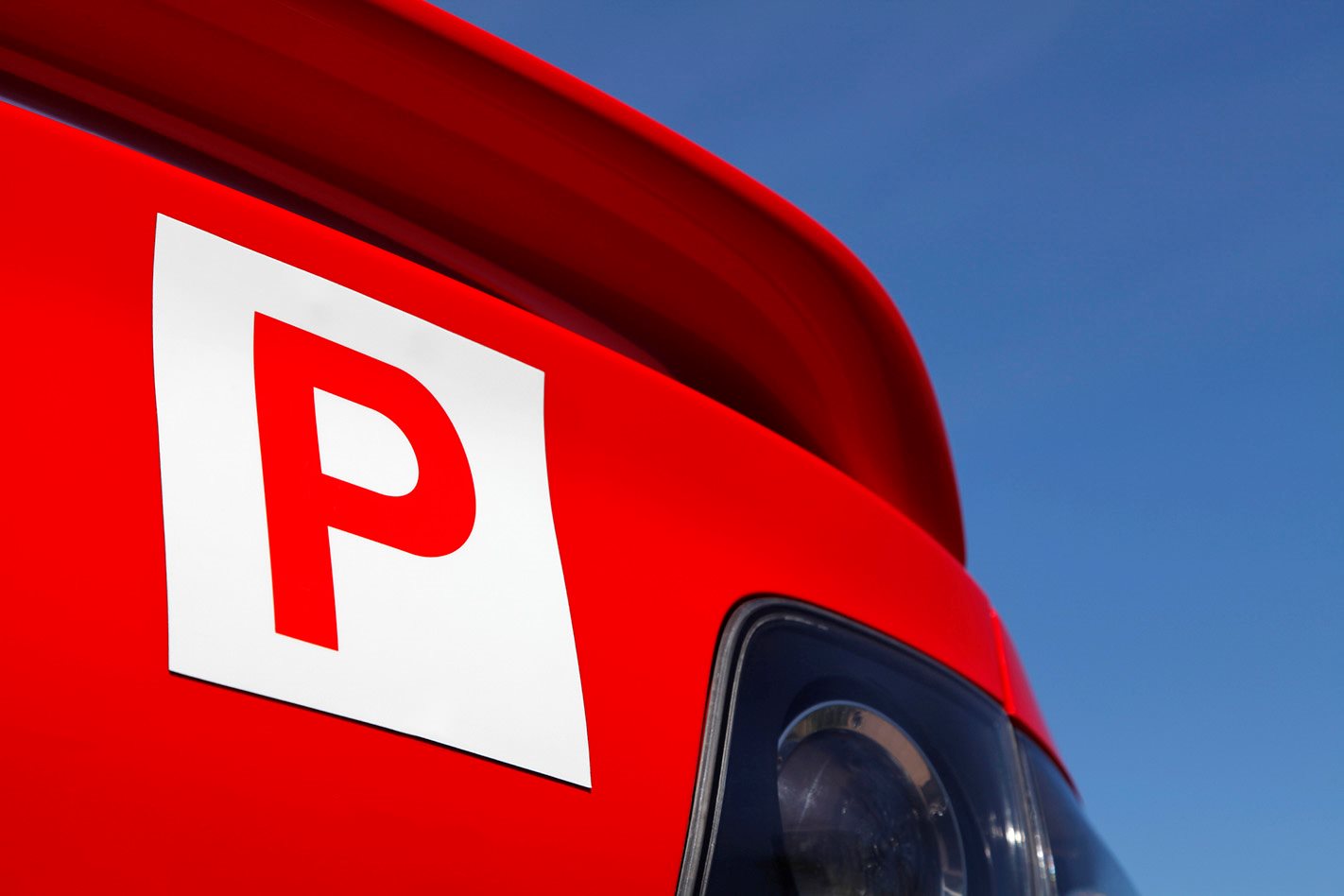
UPDATE: We have a more recent version of this story, which you can find here.
The below story may still be of value to you, however, so feel free to continue reading!
When it comes to buying the first car for your cherished offspring, safety is usually the number one priority for parents.
Certain brands like Volvo were always synonymous with safety, but most other brands have caught up and today, even some of the cheapest cars in showrooms come with key safety features that will help prevent or mitigate an accident or protect occupants if a crash can’t be avoided.
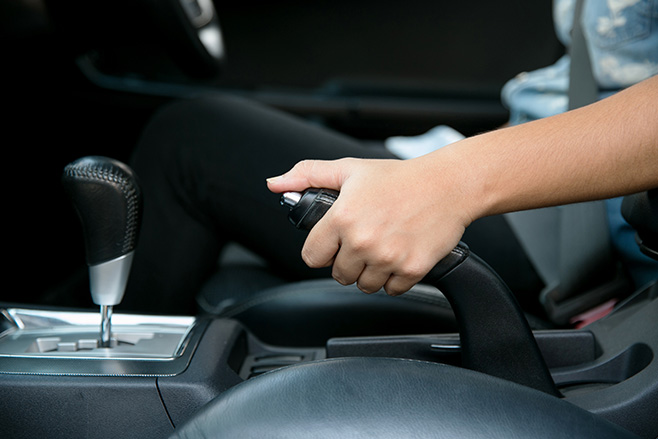
But before you get to that point of helping a teen driver choose a car, it’s important to establish what size and shape vehicle is going to be best.
A smaller car with a lower centre of gravity is going to be easier for an inexperienced driver to handle than say, a large SUV, and is less likely to trip them up.
In the past, small cars weren’t as safe in a crash as bigger ones, so people were more likely to teach their teens in a big family car than a hatchback. However, the modern small car is a technological wonder when it comes to safety, often achieving five-star ratings in crash tests. They are also far easier to park and manoeuvre.
The other important factor to consider is power. Giving your teen a vehicle with too much grunt is simply tempting fate, because many of them will be curious to find out just what their right foot can achieve.
So a small car with active safety features, a high rating and an engine that’s more about fuel economy than 0-100km/h performance times is the way to go.
Ideally these cars would be equipped with autonomous emergency braking, and lane-keeping assist or lane-departure warning that will have their back if they lose concentration.
Here are five of the best safe, but also affordable, cars – all of which come with autonomous emergency braking as standard. They also all have Android Auto and Apple CarPlay that will let younger drivers access navigation apps, hear text messages being read out and listen to music without having to touch their phone – some states do have restrictions on its use for P-platers so be sure to check.
HYUNDAI i30
From: $24,990
Just about the perfect Goldilocks size for a learner driver – not too big and not too small, just right – the Hyundai i30 offers a five-star ANCAP safety rating, thanks in part to its seven airbags (including full-length curtains, side or thorax airbags and driver’s knee).

The i30 is also big on passive safety with Electronic Stability Control (ESC). This includes Traction Control System (TCS), Anti-lock Braking System (ABS), Electronic Brake-force Distribution (EBD), Brake Assist System (BAS) and Vehicle Stability Management (VSM).
The 2020 update saw all variants come standard with the active safety pack that brings adaptive cruise control, autonomous emergency braking, lane-keeping assistance, a driver-attention alert, blind-spot detection (with lane-change assist), and a rear cross-traffic alert.
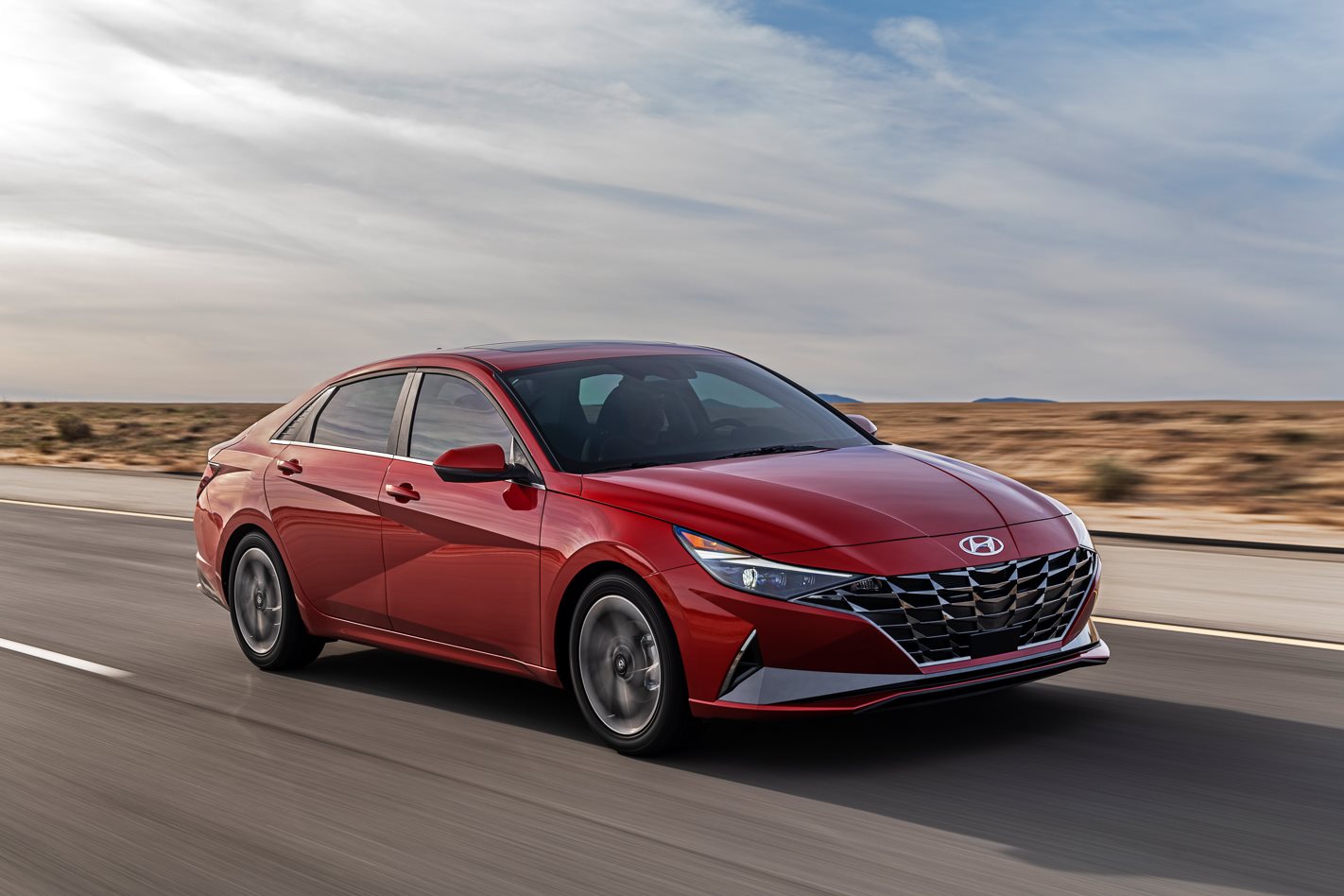
The standard 2.0-litre engine is capable enough and isn’t left huffing and puffing up hills quite like the Mazda 2 mentioned below, but it’s never going to frighten anyone either.
The third-generation Hyundai i30 hatchback received a five-star ANCAP rating in 2017. The sedan variant also received a five-star ANCAP rating in 2017 when it was known as the Hyundai Elantra.
Kia Seltos
From $26,790
If your kid is set on getting an SUV, you could do worse than the feature-packed Seltos, which is comfortable, quiet, and fun to drive thanks to its suspension that has been tuned to suit Australian conditions.

Autonomous emergency braking is standard across the range, and in the cheaper S and S+ variants can initiate a full emergency stop automatically from speeds up to about 80km/h.
For $1000 you can opt for a safety pack that adds a higher grade, radar and camera-based ‘Fusion II AEB’ with pedestrian and cyclist detection. This system is standard in the higher-spec Sport+ and GT Line and also includes advanced smart cruise control that slows to a stop in heavy traffic, an electronic parking brake, and 15-inch rear disc brakes.
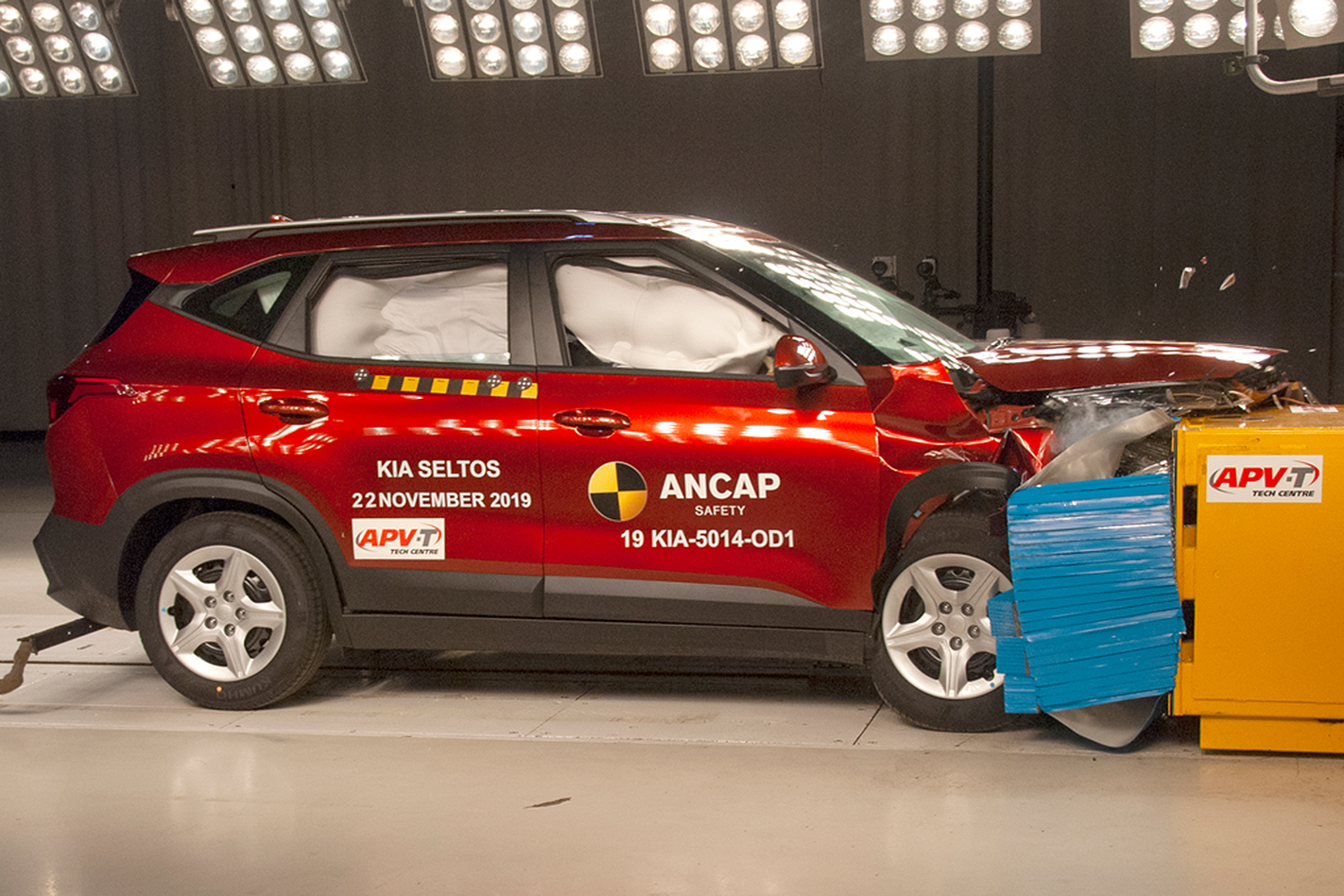
Covered by Kia’s seven-year warranty, the Seltos also comes with driver attention alert that detects and warns you if you’re driving a little erratically (a sign of fatigue), lane-keeping assist, six airbags, a reversing camera and a seatbelt warning for every seat.
The Seltos earned a five-star ANCAP rating in October 2019.
Mazda 2
From $23,190
The Mazda 2 looks good, feels nice inside, and is more fun to drive than most city cars. Its 1.5-litre engine is very easy on fuel and it’s available with a choice of attractive hatchback and sedan variants.
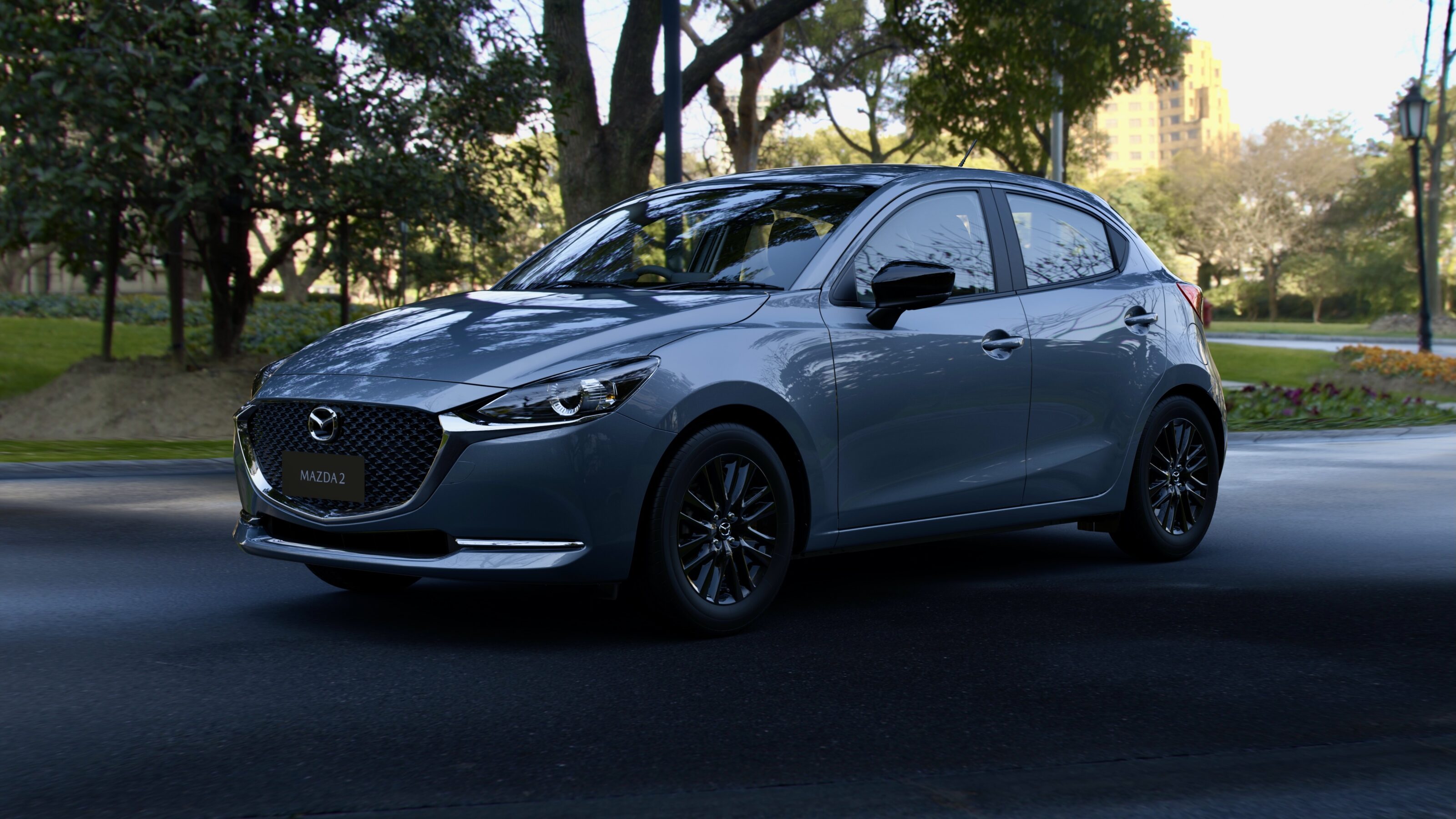
The 2022 Mazda 2 comes with autonomous emergency braking (AEB) with pedestrian detection, Mazda calls Smart City Brake Support.
It also has a host of standard safety features that put some considerably more expensive cars to shame, including blind-spot monitoring, rear-cross traffic alert, lane departure warning, lane-keeping assist and reverse-AEB to prevent parking mishaps.Other safety features include stability control that’s mandatory in all new cars, rear parking sensors, seatbelt reminders for all seats, six airbags – a broadly based safety package that stands out among cars of this size and price.
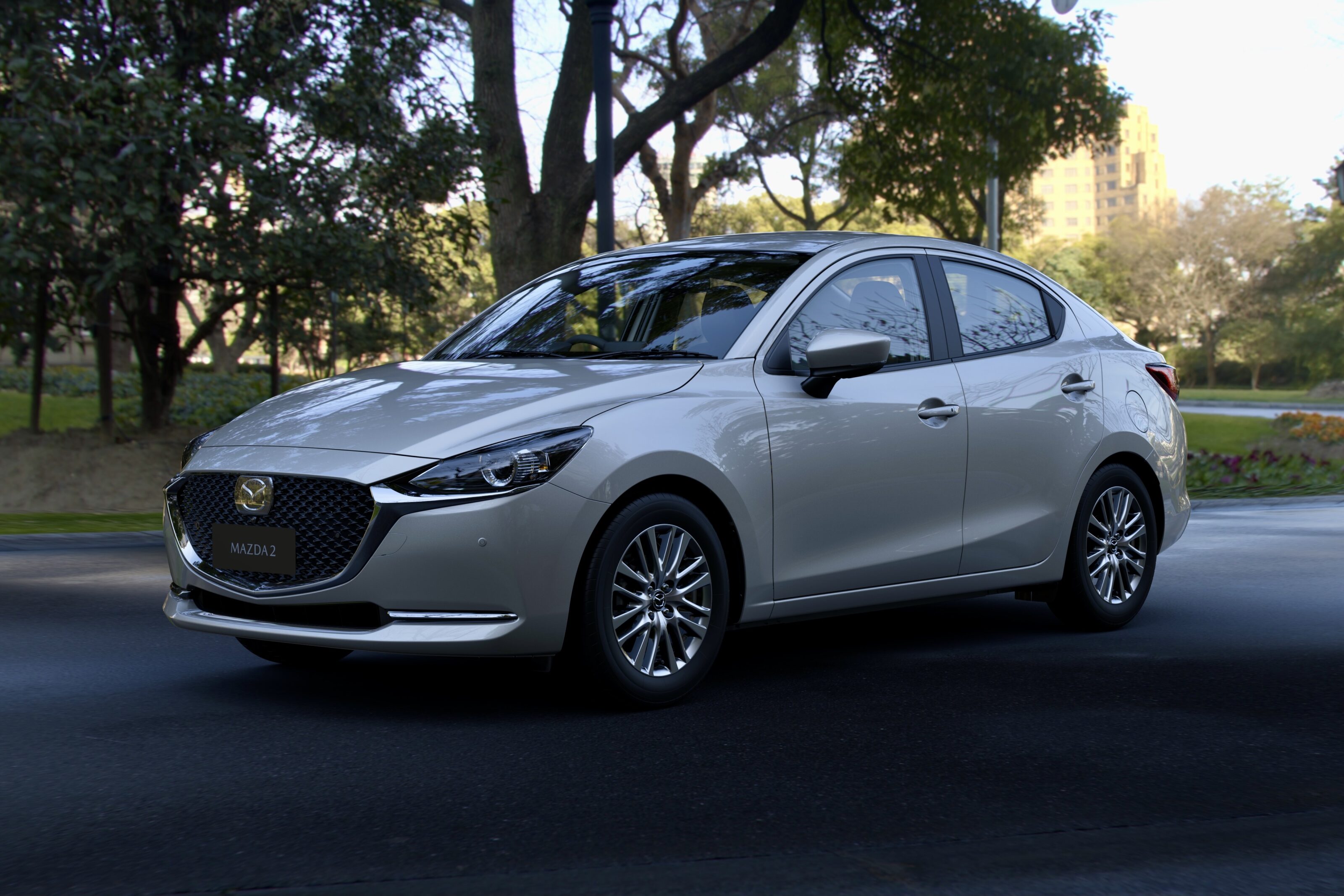
Needless to say, the Mazda 2 has a five-star ANCAP rating and while this was awarded back in 2015, Mazda has done well to keep adding new active safety kit with every update.
Suzuki Swift
From $24,990*
The reason for the asterisk is that you can pay just $21,490 for the entry-level Swift GL Navigator, which has a four-star ANCAP safety rating due to a lack of basic active safety features, including autonomous emergency braking – but that price is for the five-speed manual version, with the CVT auto costing an extra $1000.
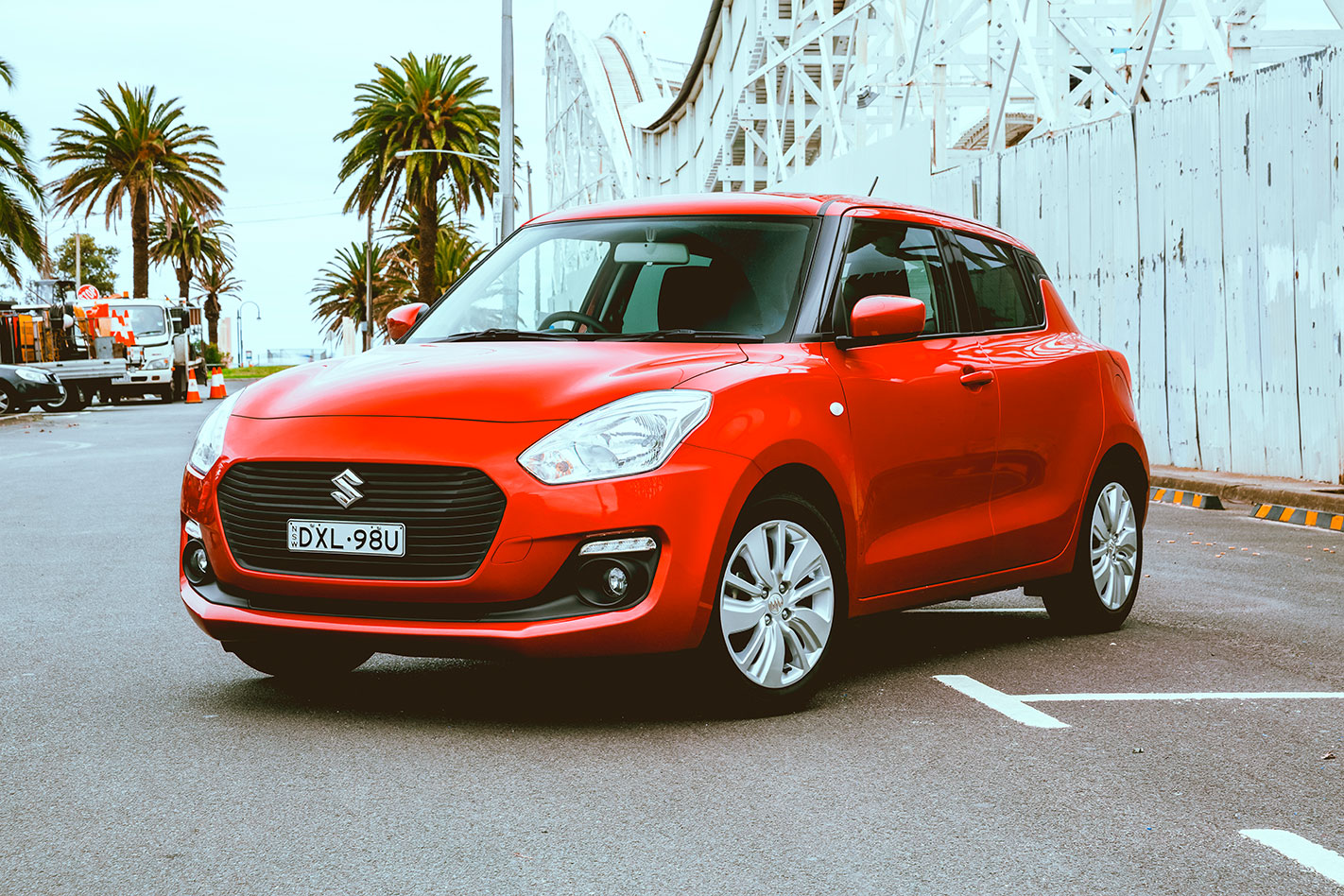
Paying $24,990 will net you the Swift GL Navigator Plus auto (there is no manual in this spec), which comes with a five-star ANCAP rating due to the inclusion of a safety pack that brings high and low-speed autonomous emergency braking, lane-departure warning, lane-keep assist, blind-spot monitoring and rear-cross traffic alert, which are also standard on the pricier GLX Turbo and Sport versions.
All Swifts have six airbags including front, side and curtain inflators.
Toyota Corolla
From $23,895
The 12th-generation Toyota Corolla brings all the necessary ingredients that have long made it the world’s most popular car, but in a stylish package that even teens will think is cool.
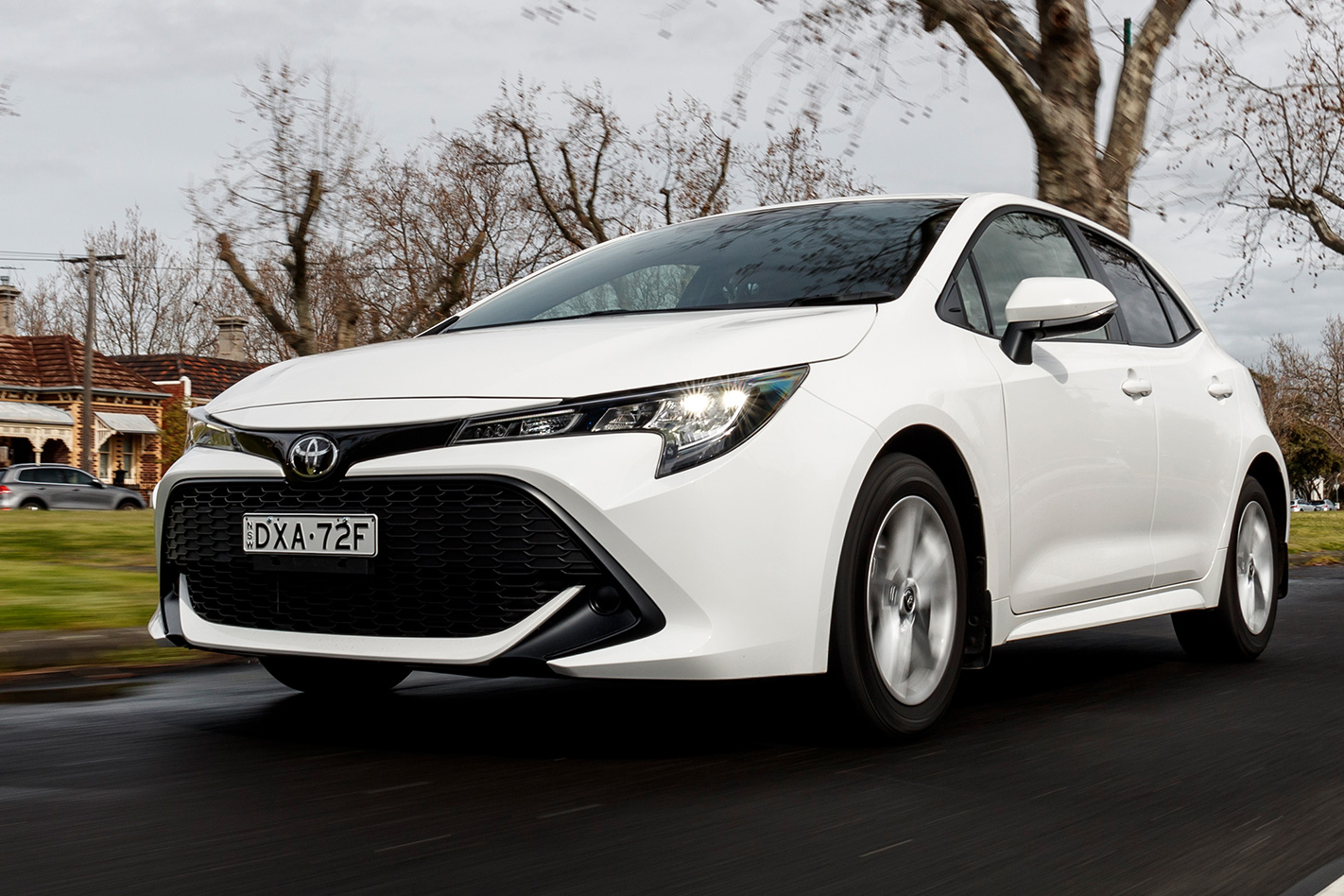
The Corolla has a five-star ANCAP safety rating and is equipped with seven airbags including side curtains, stability control, a reversing camera, and rear parking sensors. Even the cheapest version has autonomous emergency braking with pedestrian detection, and other advanced driver assistance tech including lane departure alert, lane-keeping assist, adaptive cruise control, and headlamps that dip automatically for oncoming drivers.
Available with a 2.0-litre petrol engine, or 1.8-litre hybrid powertrain, each Corolla version is fun to drive without being racy.
VOLKSWAGEN POLO
From $19,290*
The VW Polo is an excellent small car, has a five-star ANCAP rating, and is the cheapest way you can wrap genuine German engineering around your loved ones.
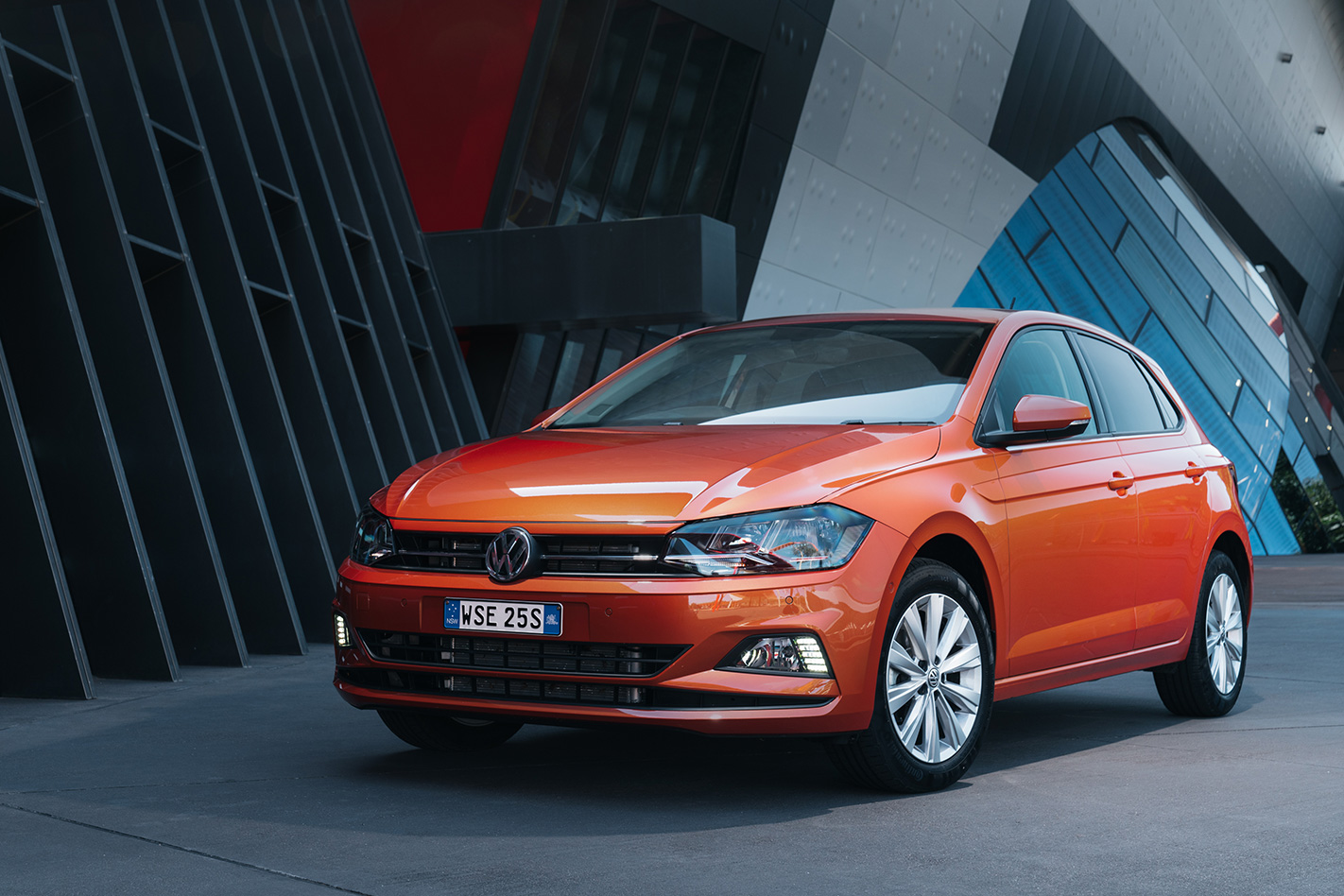
That means a full suite of safety systems (ESC, EBD, ABS) and an auto-braking system that works at city or highway speeds. It uses a radar-type sensor to scan the roadway ahead for obstacles and sounds an alarm if it senses an impending collision. If the driver ignores the warning it will initiate an emergency stop.
The Polo also has a driver fatigue monitor that assesses your use of the steering wheel over long journeys, prompting you to take a break if it concludes you might be falling asleep.
With its tiny 1.0-litre three-cylinder turbocharged petrol engine, the Polo will get to 100km/h when it’s good and ready, yet it still feels zippy enough to keep you awake thanks to the torque from the turbocharger.
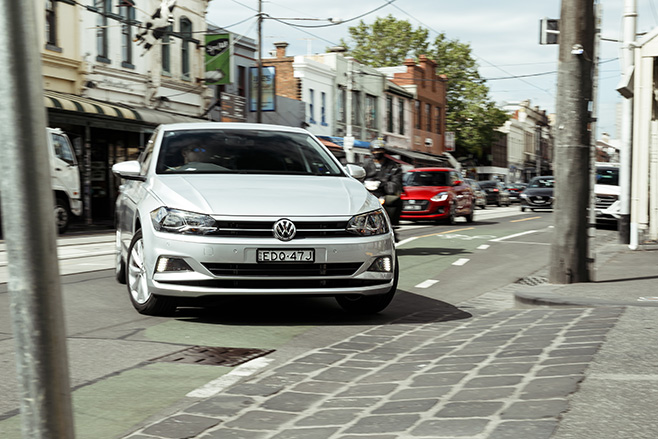
*The Polo’s base price will rise beyond $20,000 in early 2022 with an updated model bringing more safety features as standard, including VW’s iQ Drive driver-aid suite that’s found on other VWs – such as the Golf and Passat.
iQ Drive includes the partial autonomous-drive travel assist, which can control the steering as well as braking and acceleration when requested by the driver. The system ties in with adaptive cruise control that is currently part of an option pack for the Polo.
A camera-based speed-limit sign reading system and lane assist also form part of the iQ Drive system that is an option on the updated Polo already released in Europe.
We recommend
-
 Features
FeaturesANCAP: Do we even need it?
ANCAP’s star rating system has sparked controversy and confusion, yet the importance of the organisation’s role remains. We speak with ANCAP’s new CEO and its critics about methodology and retaining relevance
-
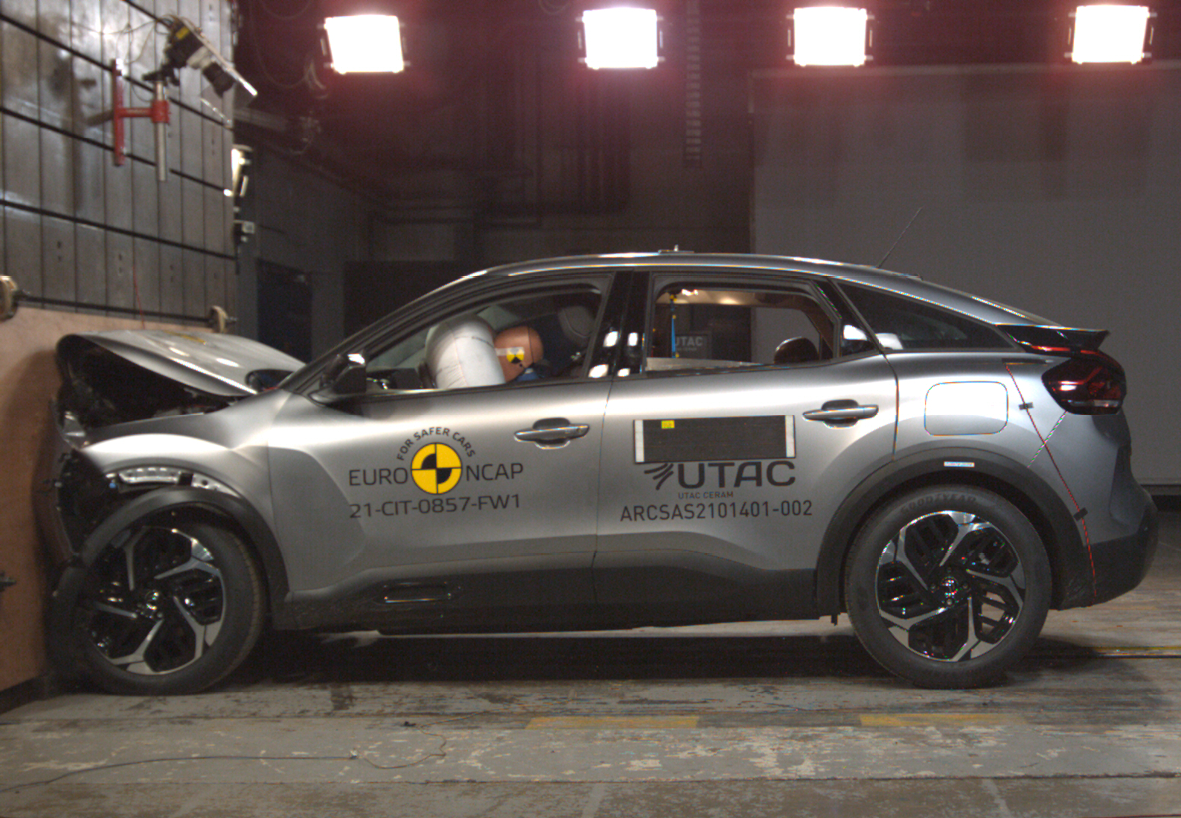 News
News2022 Citroen C4 scores four stars in ANCAP crash test
C4 is one of just two cars to not take five stars since 2020
-
 News
NewsANCAP to change star rating system
New proposals could shake up the crash test system Down Under




